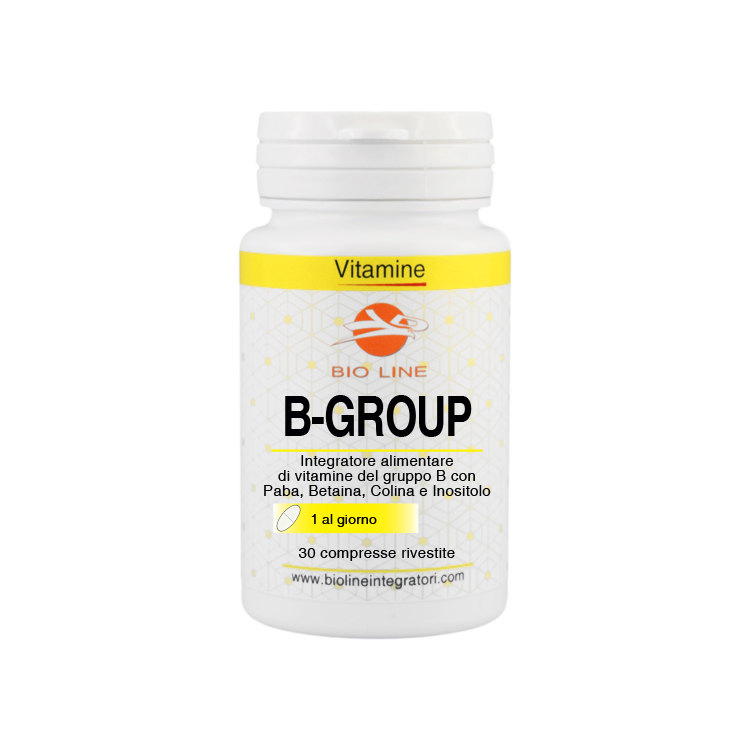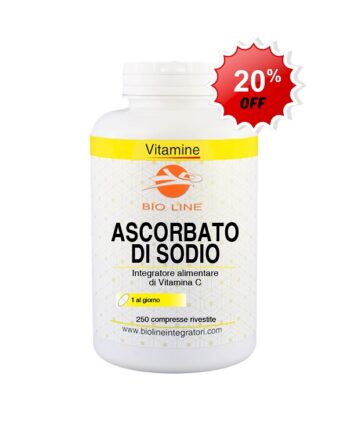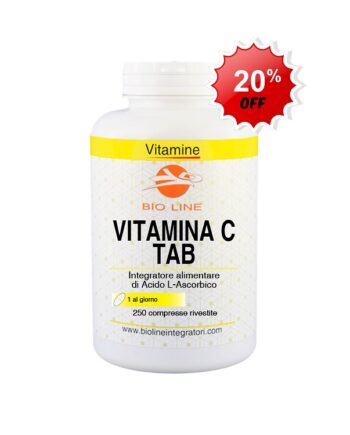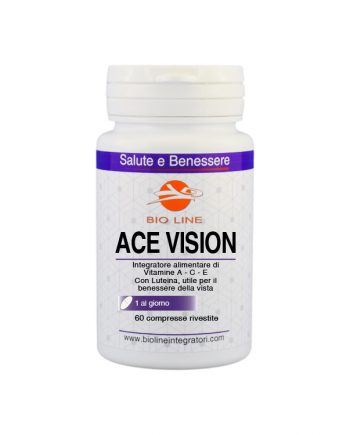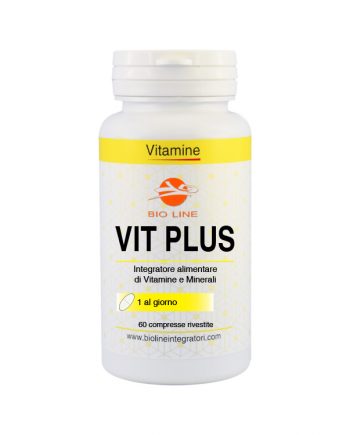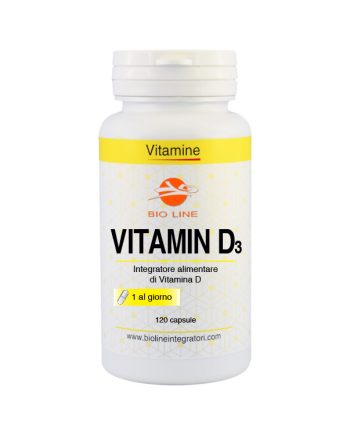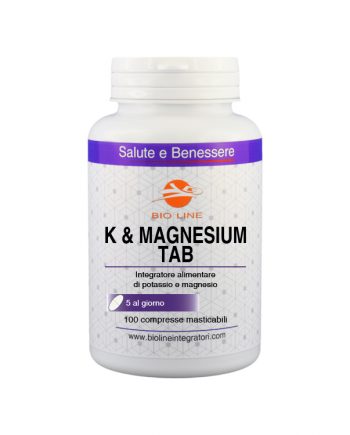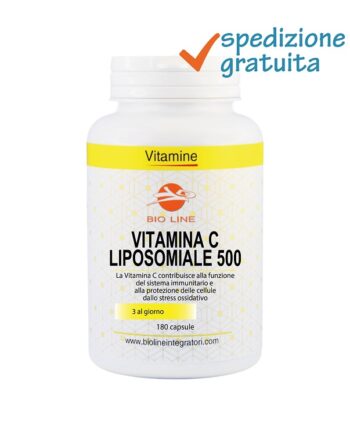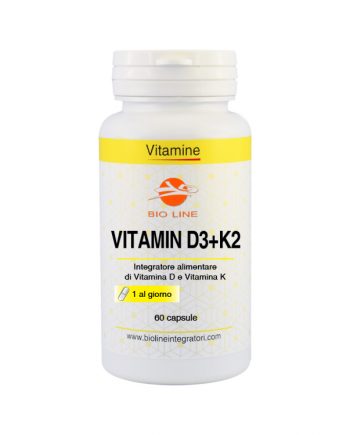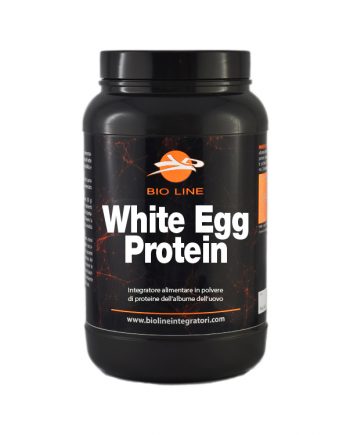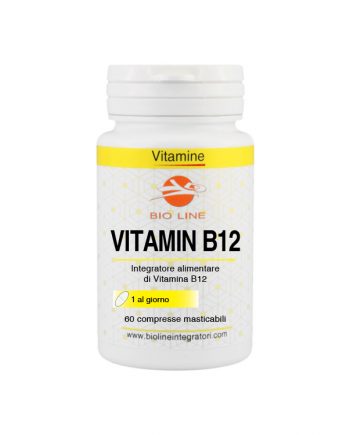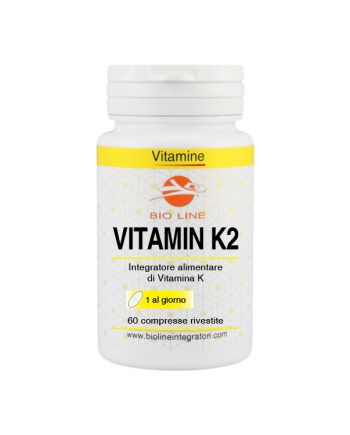Properties of components
– Betaine: also known as trimethylglycine, it is an osmotically active molecule at the cellular level.
– Biotin: contributes to energy metabolism, to the functioning of the nervous system and to the metabolism of macronutrients.
– Choline: contributes to homocysteine metabolism, lipid metabolism and maintenance of liver function.
– Folate: contributes to the formation of hemoglobin and to the activity of the immune system
– Inositol: structurally similar to glucose, it intervenes in metabolic processes.
– PABA: also known as 4-aminobenzoic acid is a constituent of folic acid.
– Vitamin B1: contributes to the functioning of the nervous system and heart function.
– Vitamin B2: contributes to normal energy metabolism, to the reduction of tiredness and fatigue.
– Vitamin B3 (Niacin): contributes to the reduction of tiredness and fatigue and to the maintenance of normal skin.
– Vitamin B5 (Pantothenic acid): contributes to energy metabolism, synthesis and metabolism of steroid hormones, vitamin D and some neurotransmitters.
– Vitamin B6: contributes to normal energy metabolism, to the reduction of tiredness and fatigue, to the functioning of the nervous system and the immune system.
- Vitamin B12: contributes to the formation of red blood cells, to the reduction of tiredness and fatigue.

